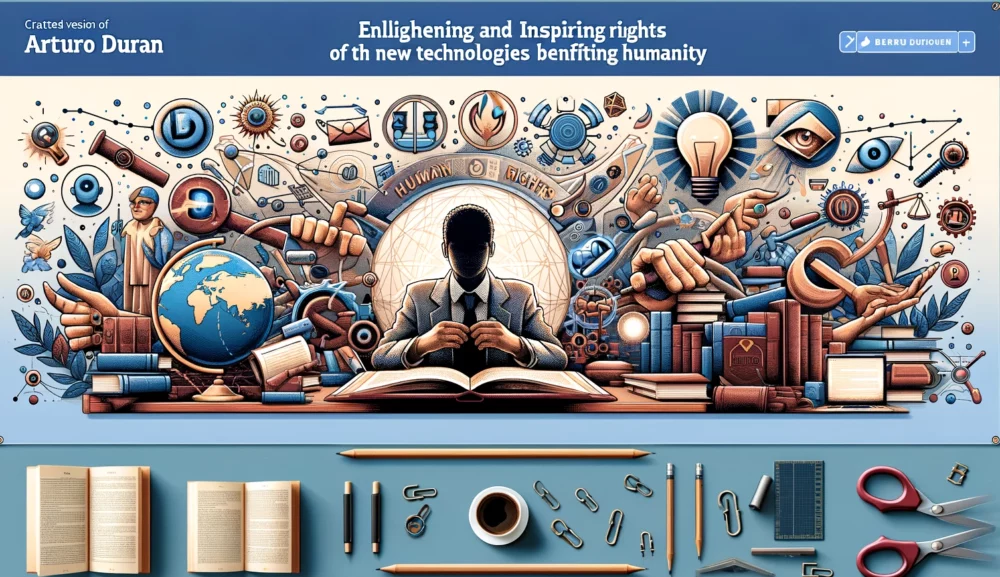In today’s society, the recognition of humor and laughter’s crucial role in promoting health and well-being has been growing steadily. Some even claim that humor and laughter can alleviate more illnesses than conventional medicine. This notion has gained traction within the scientific community, with numerous studies exploring the positive effects of humor on both the body and mind.
Humor and laughter have shown to offer several benefits to physical and emotional health. For one, laughter activates the immune system, stimulating the production of cells and antibodies that aid in combating infections and diseases. Furthermore, laughter releases endorphins, often referred to as the “happiness hormones,” which generate a sense of well-being and can reduce stress and anxiety.
The positive effects of humor extend to mental health as well. Frequent laughter can improve mood, reduce feelings of sadness, and enhance overall happiness. Even in challenging situations, humor can serve as a coping mechanism, allowing us to confront difficulties with a more optimistic outlook and a positive attitude.
In some cultures, humor has also been employed as therapy to treat illnesses and improve people’s quality of life. Laughter therapy, for instance, utilizes laughter as a therapeutic tool to reduce stress and enhance emotional well-being. This practice has gained popularity in various communities and has been embraced as a complementary approach to healthcare.
Interestingly, despite the numerous benefits that humor and laughter offer for health and well-being, it is surprising to find that religious texts like the Bible, one of the oldest and most revered literary works, do not explicitly mention humor. The absence of humor in the Bible has sparked contemplation among scholars and theologians, questioning why a sacred book does not address this essential aspect of the human experience.
Several theories attempt to explain this apparent absence of humor in religious texts. Some argue that the serious and solemn tone of these texts stems from the historical and cultural context in which they were written, as life during biblical times was often marked by hardship and adversity. Others speculate that humor may have been overlooked or excluded during the process of translation and transcription of the original texts.
Although religious texts like the Bible may lack direct references to humor, other religious books, such as the Quran in Islam, approach the subject differently. The Quran contains verses that highlight the concept of happiness, gratitude, and contentment in the context of worship and faith. While the Quran is known for its profound spiritual and ethical guidance, it also acknowledges the value of positive emotions and the importance of maintaining a balanced and joyful life.
The healing power of humor and laughter is increasingly acknowledged in contemporary society. Supported by scientific evidence and utilized in various therapies, humor plays a vital role in improving physical and emotional well-being. While the Bible and certain religious texts might not explicitly address humor, their absence of direct references does not diminish the significance of humor in our lives. Laughter remains a valuable tool for navigating life’s challenges and finding joy along the way. As we embrace the healing power of humor, it is essential to recognize that different religious texts approach this aspect of the human experience in their unique ways, offering diverse insights and guidance on finding happiness and fulfillment in life.
